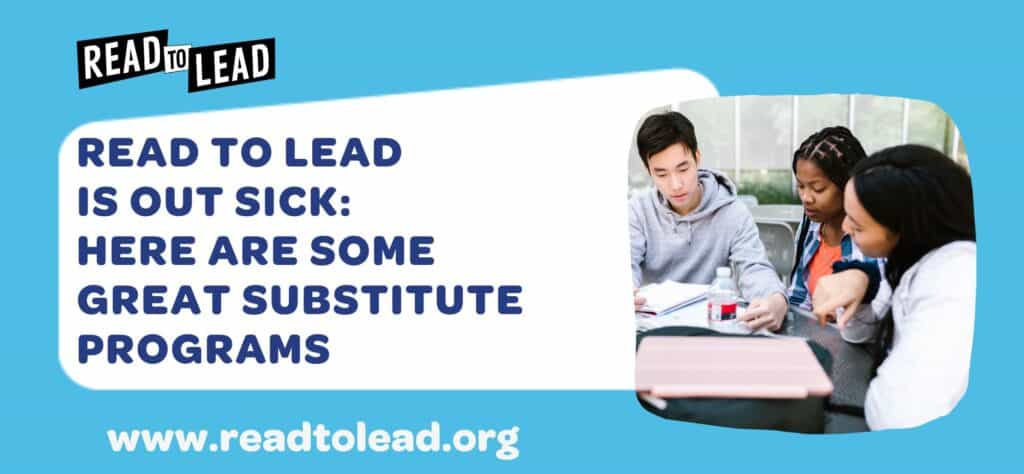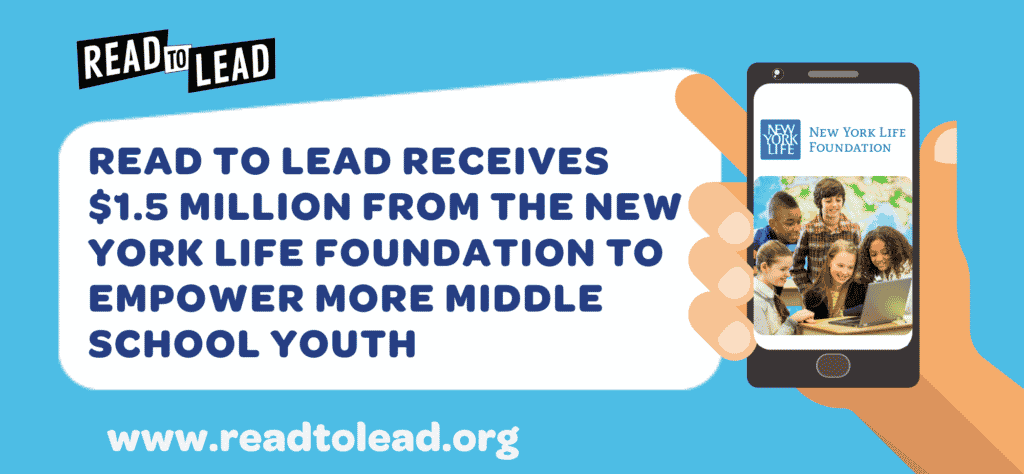
At Classroom, Inc., we believe every student has the right to a high-quality, engaging educational experience that acknowledges and reflects the diversity of our communities. As the Vice President, Product Strategy, I focus on leveraging our Read to Lead digital learning platform so that it plays a direct role in advancing educational equity and racial justice.
I’ve led technology initiatives for more than 15 years, and I’ve seen firsthand the evolution in the space and the potential for edtech to advance equity in education. Through Read to Lead, I’m committed to meeting that potential and driving innovation to give middle school students nationwide the perspective, agency, and skills to thrive in the future.
Edtech Changes in the Last Decade
Over the last decade, the edtech industry has evolved tremendously. In the early part of 2010s, the personalized, individualized approach to learning was upending the notion of the traditional lecture-style classroom model. The idea of a 1:1 device to student ratio and a digital platform at the center of learning was new, and initially, there was resistance. School communities were concerned that the edtech industry was looking to replace educators with tablets providing automated content to students.
As the technology has matured, I’ve seen the education community develop a more balanced view of how they can incorporate technology into their classrooms—even before the current pandemic. They’ve also set higher expectations for what edtech programs should offer. If an educator decides to spend time adopting a new tool, they expect to see a marked improvement in their students’ educational outcomes and engagement.
The Potential for Edtech to Advance Equity in Education
With the edtech field becoming more mainstream, there is now a greater potential to leverage digital learning to advance equity in education. It is clear students have multiple varieties of learning patterns and modalities through which they can engage with content. The powerful opportunity that edtech can provide is to meet students where they are and provide them access to curricula that are proven to make a positive impact.
The pandemic has reinforced that the digital divide remains a barrier to overcome. Having access to devices, the internet, and technology contributes to whether a young student will be successful as an adult or not. In addition to providing this access to bridge the digital divide, it’s critical that edtech is freely accessible for students in under-resourced communities, because it provides opportunities to expand learning in creative ways and level the playing field.
Read to Lead: Edtech & Equity in Practice
Spearheading product development for Classroom, Inc., I take a proactive approach to ensuring that our Read to Lead digital learning platform is helping middle school students nationwide develop their literacy, life, and career skills. When building on our digital strategy, my team and I are focused on producing effective and compelling learning opportunities that put our commitment to equity into practice. Here are a few ways that we do so:
Empower students to become leaders
By placing students in the role of the boss, our goal is to expand their sense of opportunity. They learn to engage with diverse people, develop empathy, collaborate, communicate more effectively, make tough decisions, and ultimately, be a leader. These are powerful themes that are important in establishing any underpinning for career development in the future.
Uplift intentionally diverse curricula
We are dedicated to developing accessible content for a multitude of communities. We’re intentional about featuring diverse characters in our learning games, developing content themes that address real world scenarios, and exposing students to things they may not have been exposed to before. One of our educators in the rural south reflected on her students’ ability to engage in gameplay with career opportunities that were not available in their communities, where the only corporate employer was Wal-Mart.
Advance racial, social, and economic justice
In terms of diversity and inclusion, we’re committed to addressing storylines around restorative justice and bullying, as well as around diverse careers. These storylines have been impactful for both students of color and for students who don’t live in diverse communities. In addition, we are creating resources to support educators in using the diverse career worlds of Read to Lead to help their students navigate deep conversations, tackle tough issues, and broaden their understanding of “other.” These conversations are essential to combat racism and bias.
Creating Leaders of the Future
Looking ahead, the Classroom, Inc. team and I will continue designing our Read to Lead digital games and curricula with educational equity and diversity at top-of-mind. We know middle school is a formative time for young people, and it is our role to give students as much perspective and agency as possible to help them define who they are as people. Harnessing the power of edtech, we’ll work to increase our reach, so that even more students have the opportunity to improve their literacy skills and envision themselves as the leaders of the future.
Click here to sign up for Read to Lead and introduce your students to diverse careers, characters, and storylines!

Vice President, Product Strategy
Kevin spearheads digital strategy and product development, leveraging Classroom Inc.’s efforts across marketing, engineering, research, and analytics to build effective and compelling learning opportunities for young people. He is passionate about educational equity and youth development, and believes technology can play a powerful role in transforming education and unlocking human potential. Having led product initiatives at Kaplan Test Prep, Macmillan Higher Ed, and Amplify, among others, Kevin gained extensive experience delivering mobile, web, and blended learning solutions, and developed a deep perspective of the education technology landscape and marketplace. Kevin holds a B.A. in Sociology from Cornell University and is a proud Brooklyn native and resident.
About Read to Lead
Read to Lead uses the power of game-based learning to empower middle school students to build literacy, life, and career skills. Teachers can sign up for a free account to get started!


